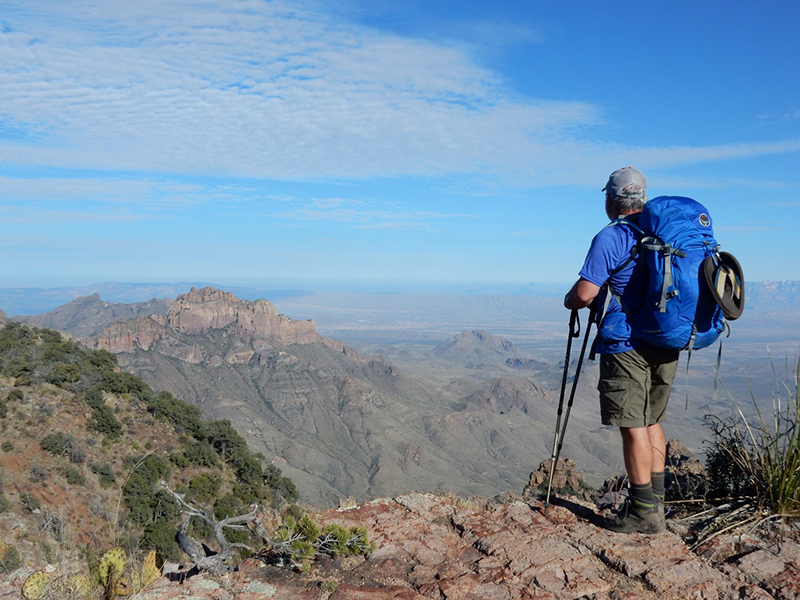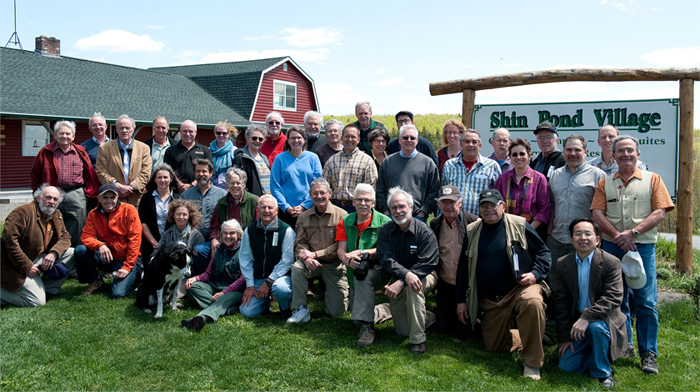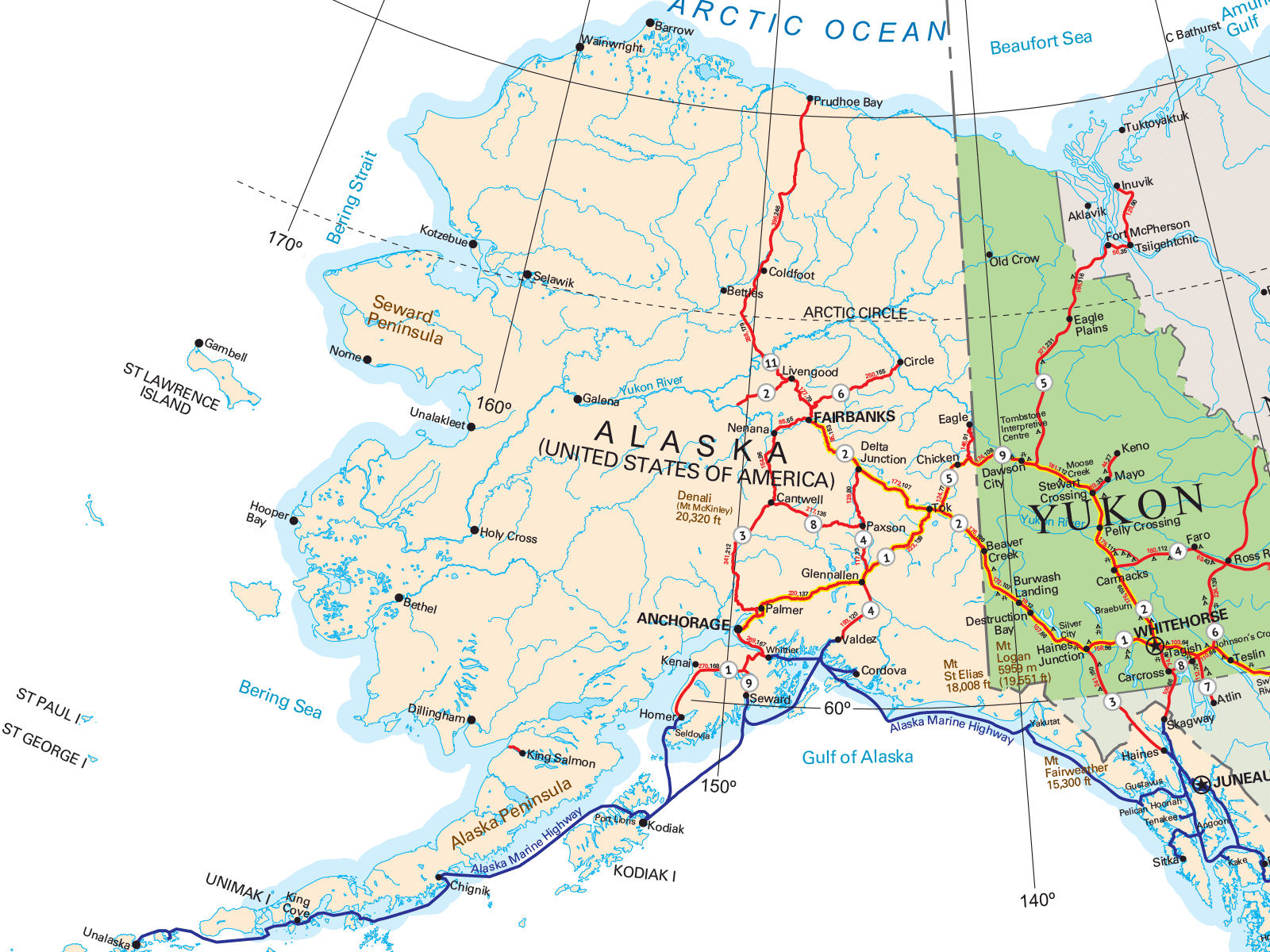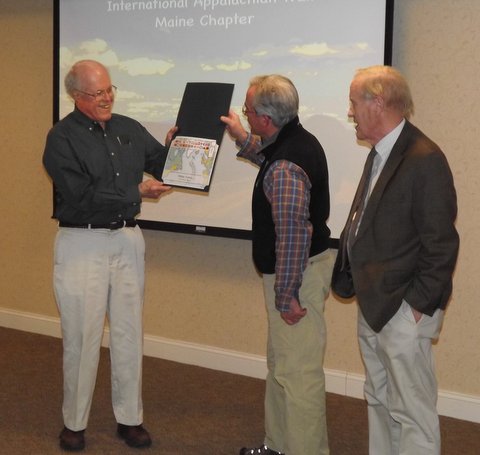
Carey Kish at 7,400 feet on South Rim Chisos Mountains.
For many years, as far as this hiker was concerned, the Appalachian Mountains extended geographically from Georgia to Maine.And when I thru-hiked the 2,100-mile length of the Appalachian Trail from Springer Mountain to Katahdin in 1977, I figured I’d covered the great range from end to end.I didn’t give the matter much more thought until 1994, when the International Appalachian Trail was proposed by Joe Brennan, the former Maine governor, and conservation advocates Dick Anderson and Don Hudson.
That’s when I learned (or perhaps learned anew) that the Appalachian Mountains didn’t terminate in Maine but rather extended far across the border into Canada. In 1997, John Brinda became the first person to thru-hike the new pathway, from the eastern slope of Katahdin across northern Maine into New Brunswick, then on through the Chic-Choc Mountains of Gaspesie National Park to Cap Gaspe in Quebec.
By 2002, the IAT was extended to the tip of Newfoundland at Crow Head, the natural northern terminus of the Appalachian Mountains in North America.It wasn’t enough for the dreamers among the IAT group to stop at an 1,800-mile trail across Maine and three Canadian provinces, however.
By 2009, plans were under way to extend the IAT across the Atlantic Ocean to Europe and Africa. Huh?
Somewhere among the geography lessons you and I sat through in grade school, we learned about the supercontinent of Pangea, formed some 250 million years ago when the Earth’s continental plates collided to form a continuous land mass. The Appalachian Mountains were created from this great collision, making them the oldest mountains on the planet.
When Pangea began to split 230 million years ago, mountain building ceased as the North American continent drifted northward and the six other continents settled into their current position on the globe. This left remnants of the Appalachian Mountains not only along the eastern seaboard of the U.S. and Canada, but in Europe and North Africa as well. Wow.
It’s little wonder then that the notion of the IAT as not only an international but an intercontinental trail has been actively pursued over the past seven years. Incredibly, there are sections of the IAT in Nova Scotia, Prince Edward Island, Greenland, Iceland, Norway, Sweden, Denmark, Scotland, Northern Ireland, Wales, England, France, Spain, Portugal and Morocco, as well as Maine, New Brunswick, Quebec and Newfoundland, all locations of the ancient Appalachians.
Which brings this story to Texas.
In December I traveled to Big Bend National Park, about 2,000 miles from Maine and 1,100 miles west of the southern tip of the Appalachians as the crow flies. Poking through the visitor center at Panther Junction, I gravitated from the books, maps and souvenirs to the natural history exhibits. And there I made an astounding discovery, at least to me.
With great interest, I read that a natural extension of the Appalachian Mountains once towered above the Big Bend region, created by the same continental forces that formed Pangea. Known as the Ouachita Mountains, they snaked through what is now Alabama, Mississippi, Arkansas, Missouri and Texas. The only exposed remains of this range are found in Arkansas and the Chihuahuan Desert of West Texas. Wow again. I wonder if the IAT folks knew this, I thought.
With the breakup of Pangea, 100 million years of erosion followed, reducing the Ouachita Mountains to a broad plain of rubble. The Cretaceous Sea covered the region, then disappeared. Thrusting and faulting occurred, and then eons of volcanic activity, transforming the geologic face of the Big Bend country into what is visible today.
Big Bend National Park protects 802,000 acres of this stunning mountain and desert landscape, while the adjoining Big Bend Ranch State Park preserves an additional 311,000 acres. On three visits here over six years, I’ve hiked more than 150 miles of trails, from the canyons along the Rio Grande River to 7,825 feet atop Emory Peak in the Chisos Mountains. With every footstep through this country, I am ever amazed that it is physically connected to my beloved Appalachian Mountains.
One day, maybe, the International Appalachian Trail folks will look to expand along this southern extension of the Appalachians, perhaps linking the Pinhoti Trail in Alabama, the Ozark Highlands Trail in Arkansas, the Ozark Trail in Missouri and the Lone Star Trail in East Texas with the trails of Big Bend. Imagine thru-hiking from Morocco to Mexico!






